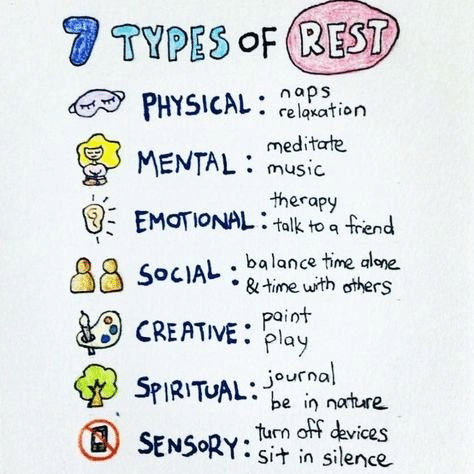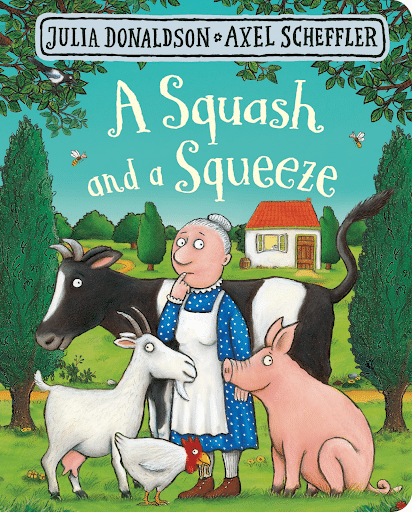The Seven Types of Rest
As we come to the end of a typically busy beginning to the school year and and look forward to the half-term break, it’s likely that someone – a Form Tutor, Head of Year, or parent – will have advised our students to get some rest over the next fortnight, ahead of an equally full-on six weeks to come. But what does ‘get some rest’ actually mean? I suspect most of us will equate – or more accurately, conflate – it with sleep. If so, we’d be wrong according to Dr Saundra Dalton-Smith, who has written and spoken extensively about the important differences between the two.
Her central premise is that by focusing on sleep we ignore the seven different types of rest that exist and the individual recipe we all need, depending on our personality and lifestyle. In her own words, ‘rest is the most under-used, chemical-free, safe and effective alternative therapy available to us.’
She goes on to explain that every activity we undertake requires energy, most of which isn’t actually physical: it could be the emotional and social energy we expend when we have a difficult situation to deal with, be that at home or school; it might be the mental and sensory energy we use when we’re stuck in traffic and late for an important appointment; or it could be the emotional and social energy needed to be the person from whom others regularly seek advice.
Depending on our personality, current life situation and strengths/weaknesses, we all have a rest deficit at the end of any given day, week, month or year and therefore Dr Dalton-Smith’s suggestion is that we first need to identify which types of energy we use most in your day, following which we can focus on the type of rest needed to restore the energy we’ve spent.
The seven types of rest she identifies are:
- Physical – this can be passive (sleep) or active (e.g. yoga, stretching, massage therapy, all of which improve our circulation and flexibility)
- Mental – those of us who struggle to slow down/stop thinking or ‘switch off’ may have a mental energy deficit, which we can restore by scheduling short breaks during the day (or even keeping a notepad next to the bed if you’re someone whose mind whirs with ideas at night-time)
- Sensory – we are all surrounded by screens and over-stimulation in today’s world, but we can repair our sensory deprivation by simple actions such as closing our eyes for a couple of minutes a few times a day and making sure we stop looking at phones an hour before going to bed
- Creative – an important type of rest for anyone who regularly needs to solve problems or come up with new ideas. Creative rest can involve spending time observing nature in our surroundings, or even having pictures of memorable places we’ve visited or art/performances that have inspired us, on desks/walls. We’re much more likely to come up with innovative ideas if we’re reminded of moments that have inspired us.
- Emotional – if you’re the kind of person from whom others seem to seek advice, you may have an emotional energy deficit that needs to be restored – if so, practice confiding in a close friend or family member so you get some support, and guidance, too. It’s ok not to be ok all the time.
- Social – we all have relationships and friendships that energise/revive us, and those that drain us. Making sure we understand the difference and then spend sufficient time with those who fall into the first category is an effective way to get ‘social rest’
- Spiritual rest is about connecting beyond the physical and mental to feel a deep sense of belonging, love, acceptance and purpose. It’s about engaging in something bigger than ourselves and could be the practice of religious faith, meditation or being involved in a community project with a clear purpose and benefit for other people
If you’d like to know more about the seven types of rest, you can find more details here.
Wishing you a restorative half-term break (including whatever type of rest you most need!)
Best wishes
Michael Bond




